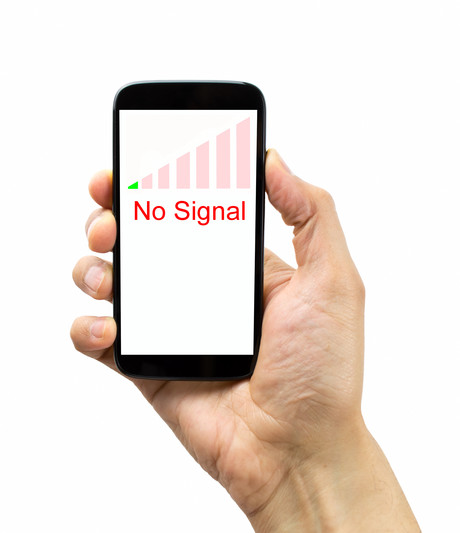Vic Govt chooses its own mobile black spot system

The Commonwealth Mobile Black Spot Program has been abandoned by the Victorian Government, which has chosen to implement its own system.
The state government’s system chooses mobile tower locations based on merit and necessity.
It will use the $11 million it planned to invest in the third round of the Commonwealth program to build new mobile towers across regional Victoria. Those towers will remove mobile blackspots and make regional communities safer, more livable and more connected.
The latest round of funding builds on existing commitments to co-fund 141 new mobile towers with the federal government, Telstra and Optus. The Victorian Government has also announced a separate partnership with Optus to build an additional 25 towers throughout Victoria.
The Victorian Government has said its decision to leave the federal government’s program is due to the Commonwealth failing to properly consult when choosing sites and a complete lack of transparency about how sites are chosen.
The state government has extensively engaged with regional partnerships, councils and Emergency Management Victoria about potential locations that will help keep regional communities safe and deliver value for money.
“We know how frustrating the digital divide is for rural Victorians and we’ll continue to bridge the gap for rural industries, motorists, train travellers and residents while the federal government try to fix their botched nbn rollout,” said Minister for Regional Development Jaala Pulford.
The new state-run mobile black spot project is being delivered as part of the $45 million Connecting Regional Communities Program announced in the 2017/18 Victorian Budget.
The state government has already invested almost $33 million in connecting 20,000 premises that previously had no or poor mobile coverage.
Other projects improving connectivity across regional Victoria are already underway or completed, including free public Wi-Fi in Bendigo and Ballarat, and new mobile towers and signal boosters to improve coverage for commuters on regional rail.
5G mmWave extended to 14 km in nbn field trials
Live field trials of 5G mmWave technology in parts of the nbn Fixed Wireless network achieved...
Mavenir and Terrestar achieve NTN Voice over NB-IoT call
The achievement was conducted over a 3GPP-standardised NTN S-band spectrum, avoiding interference...
Canada to purchase $6.6bn Australian radar system
Canada intends to purchase an Australian-developed, over-the-horizon long-range radar system, in...





